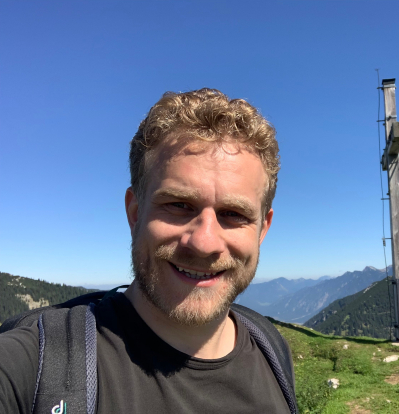---
This course was updated to also include sections on Deno.js.
---
Node.js is probably THE most popular and modern server-side programming language you can dive into these days!
Node.js developers are in high demand and the language is used for everything from traditional web apps with server-side rendered views over REST APIs all the way up to GraphQL APIs and real-time web services. Not to mention its applications in build workflows for projects of all sizes.
This course will teach you all of that! From scratch with zero prior knowledge assumed. Though if you do bring some knowledge, you'll of course be able to quickly jump into the course modules that are most interesting to you.
Here's what you'll learn in this course:
- Node.js Basics & Basic Core Modules
- Parsing Requests & Sending Responses
- Rendering HTML Dynamically (on the Server)
- Using Express.js
- Working with Files and generating PDFs on the Server (on-the-fly)
- File Up- and Download
- Using the Model-View-Controller (MVC) Pattern
- Using Node.js with SQL (MySQL) and Sequelize
- Using Node.js with NoSQL (MongoDB) and Mongoose
- Working with Sessions & Cookies
- User Authentication and Authorization
- Sending E-Mails
- Validating User Input
- Data Pagination
- Handling Payments with Stripe.js
- Building REST APIs
- Authentication in REST APIs
- File Upload in REST APIs
- Building GraphQL APIs
- Authentication in GraphQL APIs
- File Upload in GraphQL APIs
- Building a Realtime Node.js App with Websockets
- Automated Testing (Unit Tests)
- Deploying a Node.js Application
- And Way More!
Does this look like a lot of content? It certainly is!
This is not a short course but it is the "Complete Guide" on Node.js after all. We'll dive into a lot of topics and we'll not just scratch the surface.
We'll also not just walk through boring theory and some slides. Instead, we'll build two major projects: An online shop (including checkout + payments) and a blog.
All topics and features of the course will be shown and used in these projects and you'll therefore learn about them in a realistic environment.
Is this course for you?
If you got no Node.js experience, you'll love this course because it starts with zero knowledge assumed. It's the perfect course to become a Node.js developer.
If you got basic Node.js experience, this course is also a perfect match because you can go through the basic modules quickly and you'll benefit from all the deep dives and advanced topics the course covers.
Are you an advanced Node.js user ? Check the curriculum then. Maybe you found no other course that shows how to use SQL with Node.js. Or you're interested in GraphQL. Chances are, that you'll get a lot of value out of this course, too!
